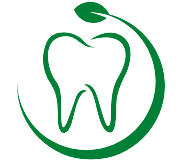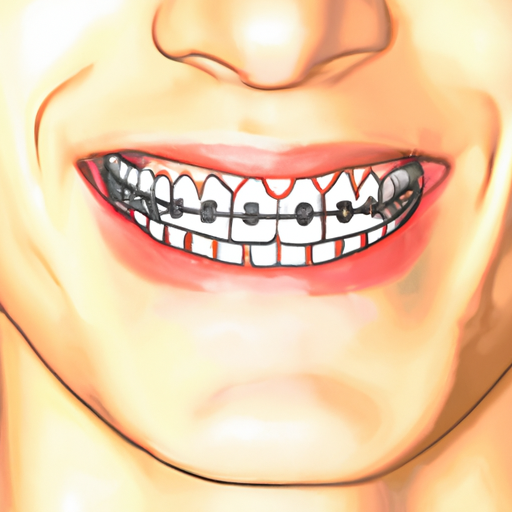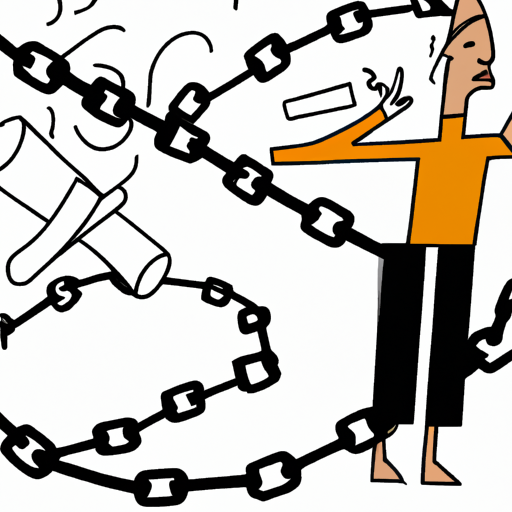In the grand tapestry of chemistry, there are few threads as intriguing and enigmatic as that of dextroamphetamine synthesis. This compound, known for its potent stimulant effects on the central nervous system, has long captured the imagination of chemists and pharmacologists alike. Join me, dear reader, on a journey through the labyrinthine corridors of synthesis, where humor, insight, and scientific inquiry intertwine to illuminate the pathways of discovery.
Unveiling the Molecular Symphony:
At the heart of synthesis dextroamphetamine lies a delicate ballet of atoms, orchestrated by the skilled hands of chemists. Picture, if you will, a molecular waltz where carbon, hydrogen, and nitrogen pirouette in perfect harmony to yield this psychoactive compound. It is a dance of precision and creativity, where every bond formed is a step closer to unlocking the secrets of pharmacology.
Navigating the Synthetic Landscape:
To delve into the synthesis of dextroamphetamine is to embark on a voyage of exploration and experimentation. From the hallowed halls of academia to the bustling laboratories of pharmaceutical companies, researchers tirelessly pursue novel synthetic routes and innovative methodologies. Yet, amidst the beakers and flasks, there exists a certain whimsy—a playful spirit that infuses the scientific endeavor with unexpected discoveries and occasional mishaps.
The Art of Chemical Ingenuity:
Synthesis is as much an art as it is a science, requiring ingenuity and resourcefulness to overcome the myriad challenges that arise. Like a master painter dabbing strokes of color onto a canvas, chemists deftly manipulate reagents and catalysts to coax molecules into new and fascinating configurations. It is a process fraught with uncertainty and unpredictability, yet therein lies its allure—the thrill of the unknown, the joy of serendipitous discovery.
Reflections on the Future:
As we peer into the crystal ball of scientific progress, what does the future hold for dextroamphetamine synthesis? Will we unlock ever more efficient methods, or stumble upon unexpected applications? The possibilities are as boundless as the imagination itself. Perhaps one day, we will harness the power of synthetic biology to engineer bespoke organisms capable of producing dextroamphetamine with unparalleled precision. Or, dare I say it, we may even witness the dawn of a new era of designer drugs, tailored to individual biochemistries with the finesse of a Savile Row tailor.
Conclusion:
In the realm of dextroamphetamine synthesis, laughter and curiosity reign supreme, guiding us through the labyrinth of molecules and reactions with a sense of wonderment and joy. So let us raise our flasks high, toast to the endless pursuit of knowledge, and embark on yet another adventure into the boundless frontiers of chemistry. After all, as the old adage goes, the journey is often just as exhilarating as the destination. Cheers to the scientific odyssey ahead!





